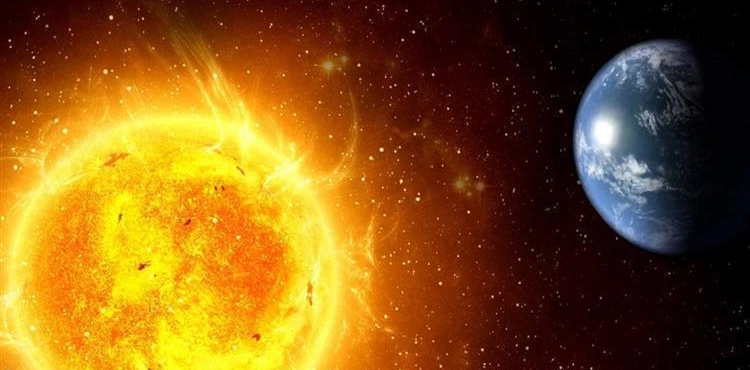Researchers from the United States said they have discovered the oldest verified material on Earth to date.
The researchers explained that the lifespan of what is known as the pre-solar granules of the Murchison meteorite is estimated to be about five to seven billion years, making it older than Earth and older than the entire solar system.
Under the supervision of Philip Huck, of the American Feld Museum in Chicago, the researchers said that the sun arose about 4.6 billion years ago, while the Earth arose about 4.5 billion years ago.
The researchers confirmed that this discovery indicates that there were about seven billion years ago, a stage of the massive production of stars, in the part in which we live in the Milky Way, according to the study published in the current issue of the journal "Proceedings" issued by the American Academy Of science.
The researchers explained in a statement to them that "these materials are the oldest solid materials to be found so far", noting that these materials "remind us of how stars arose in our galaxy."
This finding was the result of a team analyzing parts of the Murchison meteorite that fell in 1969 in Australia.
The researchers were hoping to find in the meteorite a substance that precedes the age of the sun, that is, preserved granules that belong to the original material from which the original material originated from the solar system, which resulted from another star that had escaped long ago, according to the researchers.
There are such particles in one of every 20 meteorites, but the diameter of one of these particles does not exceed a few parts per thousand of a millimeter.
The researchers have already found in this meteorite their desired goal, for which they grinded a small piece of the meteorite and turned it into a fine powder, and then they dissolved the powder in acid, until tiny granules dating back to before the origins of the solar system from silicon carbide granules appeared, "it seemed It is as if we are burning a pile of straw in order to find a needle in it, "he explained, pointing out that the silicon carbide compound, or carbondum, is only a small part of the interstellar material that researchers use as an indicator, because of its extreme ability to survive.
To determine the age of the fine grains, the researchers used a new method, in which they determined the ratio of a certain type of inert neon gas, where the neon isotope 21 is created by this material through a mutual interaction with what is known as cosmic radiation, which means astronomers mean a constant barrage of subatomic particles, Which roams the universe regularly from all directions.
The researchers were able to determine the age of the fine grains based on monitoring the frequency of neon 21 in 40 granules, "and it is like putting a bucket in a shower of water," he said, adding: "If we consider that the rain falls continuously, then the amount of water in the bucket shows us The period when the bucket remained exposed to this rain. "
It was found to the researchers through this that some of the grains were exposed over a period of up to three billion years to cosmic light, before they entered within the meteorite when our solar system originated, and they are kept inside the meteorite.
The researchers also surprisingly found many relatively young granules that originated less than 300 million years before the birth of the Solar System.
According to the researchers, this confirms the theory that the Milky Way galaxy did not produce stars at a steady pace, "as there was a period before the beginning of our solar system, in which more stars than usual emerged."
According to the researchers, these grains did not arise except at the demise of certain stars, and researchers believe that their mass was almost twice the mass of our sun, and their lifespan was about two billion years, approximately, and some believe that the rate of origin of galaxies is constant, as Haeck explained, adding: “But it has become Thanks to these grains, we now have direct evidence, through samples of meteorites, that there was a period of accelerating star formation in our galaxy, about seven billion years ago.












